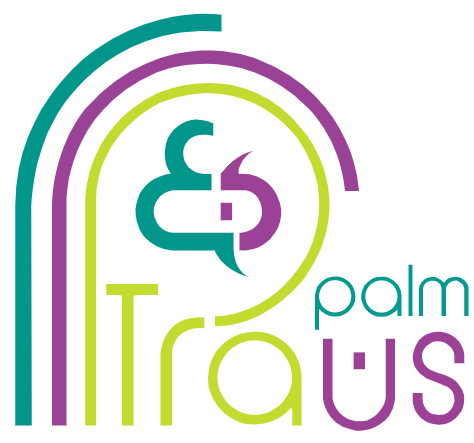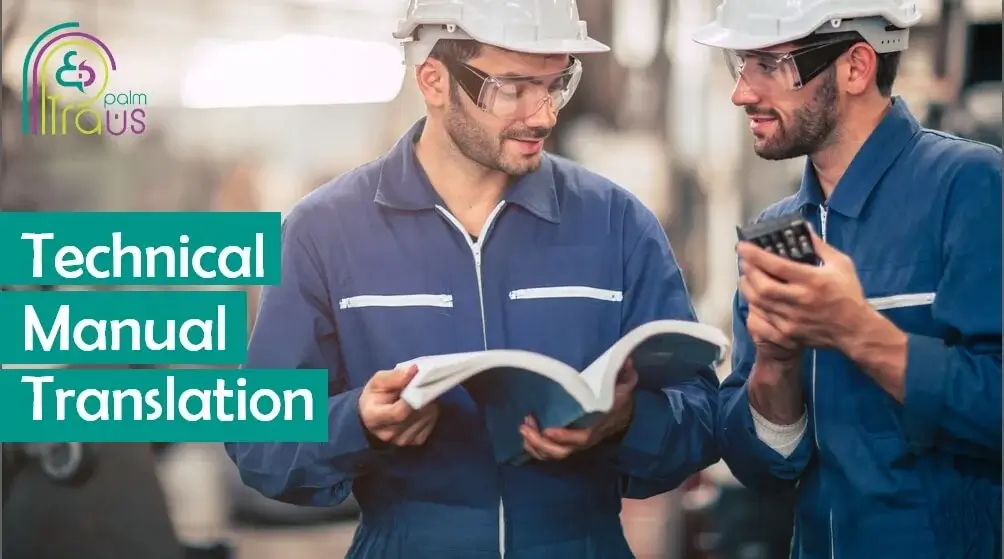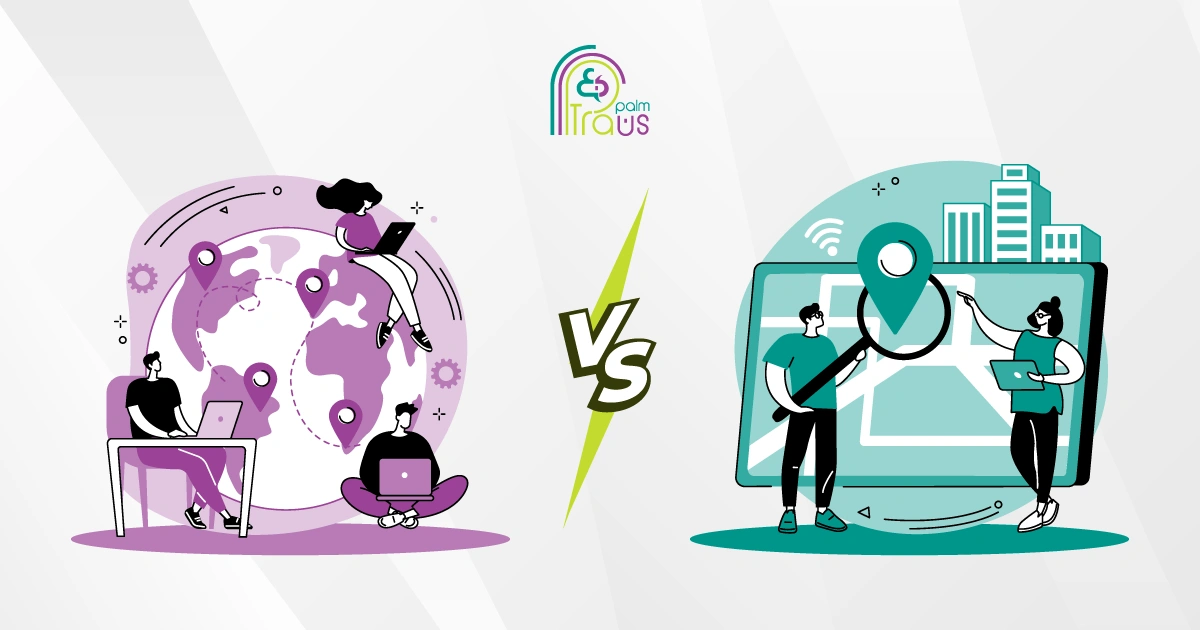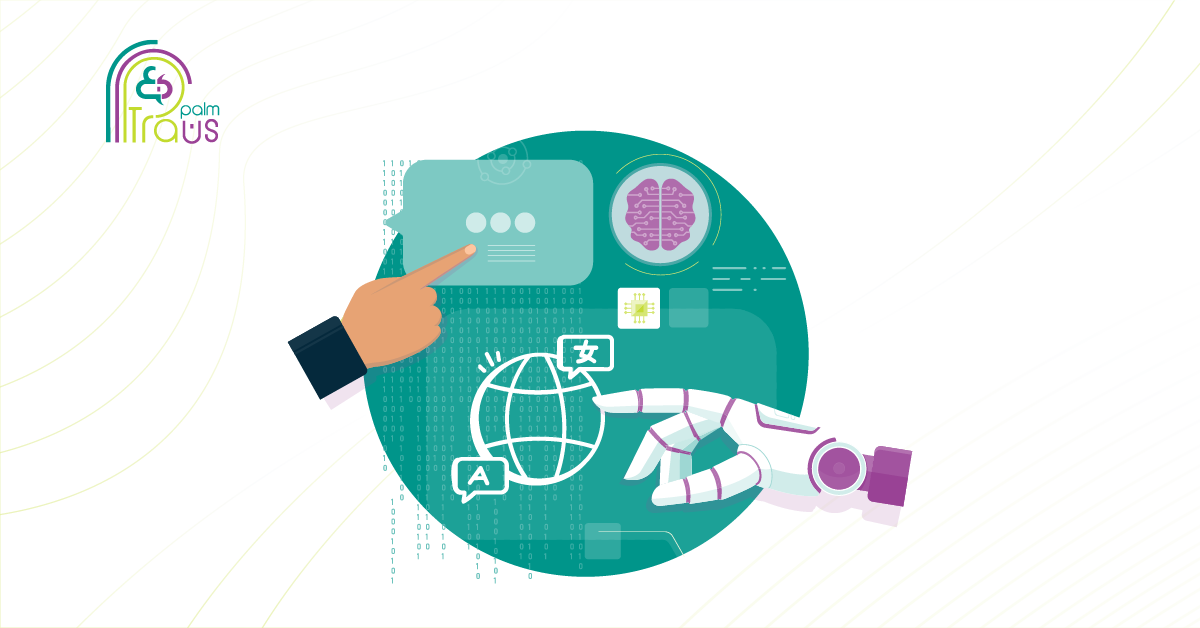Technical manual translation is crucial to assisting people in understanding complex technical information in their native language, whether it is for a small home appliance or large manufacturing machinery.
It’s also one way of ensuring your products are understood in international markets, increasing your potential customer base, and boosting your business’s global expansion.
However, it’s not as easy as it might seem.
Technical manual translation goes beyond word-to-word conversion; it’s a specialized process that needs subject-matter experts to work on.
Otherwise, both your customers and your business might struggle, either with life-threatening consequences or legal repercussions.
In this blog, we’re diving into what technical manual translation is, its importance, and the challenges you might face to reach global expansion. More importantly, you will discover how to overcome these difficulties and benefit from technical manual translation in its entirety.
Table of Contents
What is Technical Manual Translation?
In general, technical manuals are used to ensure that complex devices or systems are safely and effectively used by your end users or efficiently operated and maintained by your workforce.
When we say technical manual translation, we mean a highly specialized type of translation that involves translating these technical documents into multiple languages across industries like construction, automotive, agriculture, software, electronics, and mechanics.
It requires great linguistic fluency of the source and target languages, in-depth technical and contextual knowledge of the industry, and mastery of the relevant terminology.
Efficient technical manual translation generally empowers businesses to
- Deliver the best possible customer experience by ensuring ease of use of the equipment or system in new target markets.
- Guide international customers to safe usage to protect them from accidents and injuries.
- Help manufacturers comply with local laws and regulations, following the industry standards in the target country.
Business demand for technical manual translation has been steadily increasing. Simply put, more companies are looking to expand into international markets and reach out to new potential customers.
However, entering new markets requires more than just translation. Sometimes, you need technical manual localization.
Nevertheless, what is technical manual localization?
Technical Manual Localization
Technical manual localization is the adaptation of technical manuals to meet the language and culture of your target region.
It involves more than just translating words; it also incorporates translating the cultural context and ensuring compliance with local regulations.
Cultural Nuances to Consider in Technical Manual Translation
- Numbers and decimals
- Symbols and Signs
- Visuals
- Units of Measurements
- Date Formats
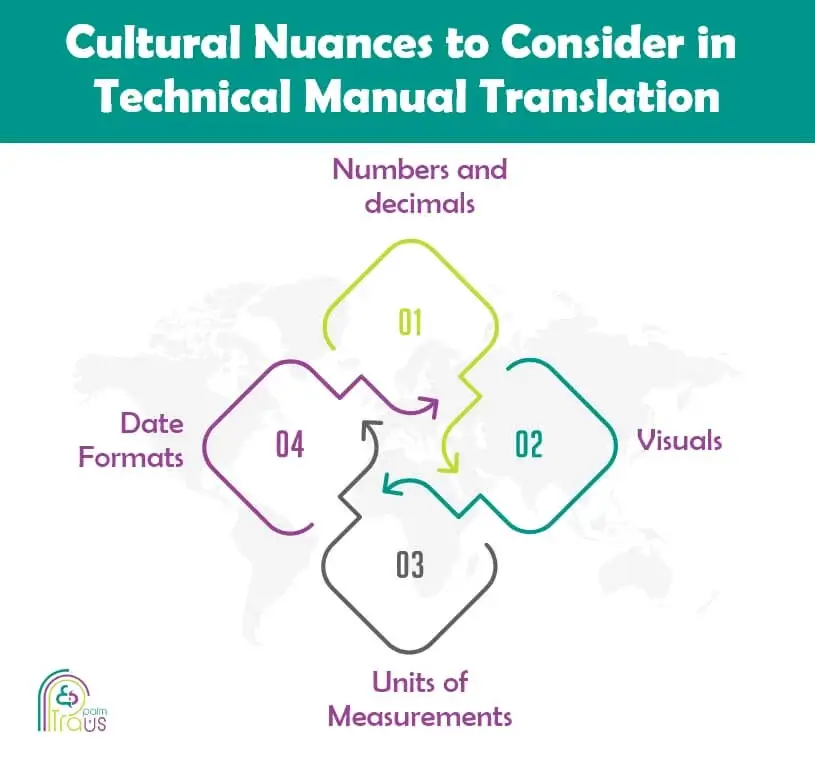
Through a comprehensive localization process, where you ensure visuals, charts, graphics, and even measurement units and decimals resonate with your target market.
To complete such a detailed process, you will require the assistance of a multidisciplinary team of linguists, subject matter experts, DTP, quality assurance, etc. Because eventually, one misinterpreted word or a measurement unit in a technical manual can mean disastrous outcomes.
Global Industries that Need Technical Manual Translation
It can be challenging to reach out to new audiences with diverse linguistic and cultural backgrounds and adapt technical manuals to their preferences. However, it’s more challenging when it comes to specialized industries with sophisticated machinery or complex software.
For instance, when it comes to the manufacturing industry, a study showed that 22% of manufacturing companies say that language barriers prevented them from pursuing a business or even cost them their business.
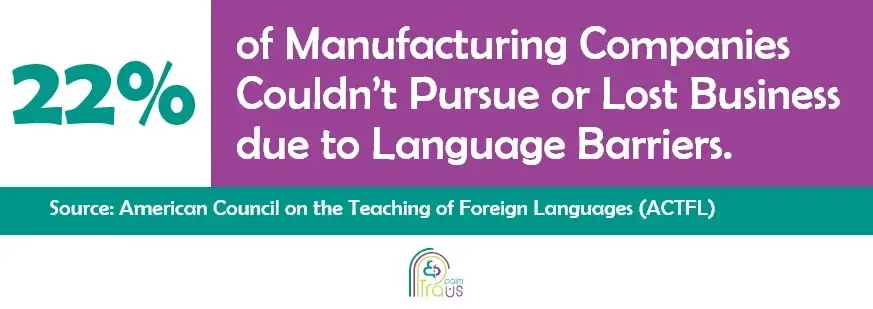
This demonstrates the significance of technical manual translation in establishing (and maximizing) a business’s presence in the global market.
Technical Manuals Mostly Include
- Part Manuals: contain descriptions and illustrations of the product components.
- Installation Manuals: give detailed instructions on how to set up your product.
- Operating Manuals: provide instructions for stopping, starting, adjusting, and maintaining a product.
- Maintenance Manuals: detailed instructions on how to carry out maintenance tasks such as cleaning and part replacement.
- Repair Manuals: offer guidance on how to fix and identify issues with a product.
- Safety Manuals: explain how to use a product safely by providing safety instructions and warnings.
So, due to the sensitive nature of the information in such areas and the serious repercussions of improper use of any of their devices, accurate technical manual translation and localization have been a rising demand for many industries worldwide, with the following leading the way.
Here are the Top 10 Industries that Need Technical Manual Translation
- Manufacturing
- Automotive
- Information Technology (IT) and Software
- Medical and Pharmaceutical
- Aerospace and Defense
- Energy and Utilities
- Electronics and Consumer Electronics
- Telecommunications
- Engineering and Construction
- Environmental Technology
Case Study
Ignoring the value of technical manuals is no joke. When localization is not applied correctly, it has devastating consequences, and this case highlights the terrifying effects of unprofessional technical translation.
According to the Centre for Corporate Accountability, the risk of injuries and fatalities in the construction industry in Italy, Spain, and the United Kingdom is significantly higher for non-native or migrant workers. That’s compared to native workers.
The study showed the primary reasons for this are the migrants’ disparities in safety-related attitudes and behaviors, which are mainly due to national cultural differences, language barriers, and inaccurate translations of safety instructions.
Percentages of Migrant Workers’ Fatalities in 2018 in the Construction Industry
- In Italy, 13%
- In Spain, 16%
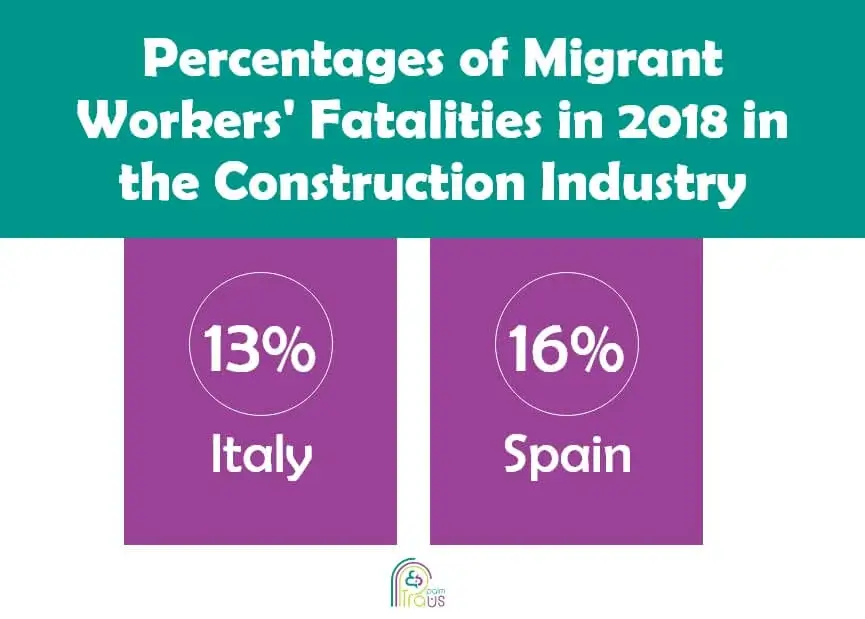
6 Reasons Why Your Business Needs Technical Manual Translation
Before we explore the importance of technical manual translation for your business, you need to understand the audience that expects your multilingual technical manuals.
Who Uses Technical Manual Translation the Most?
End-users: Consumers who purchase appliances, electronics, and software products and need to ensure that they can understand the instructions clearly to ensure safe and easy use.
Manufacturers: Companies that produce complex machinery, equipment, or systems They often have a global customer base and need to ensure effective communication with them.
Technicians and Engineers: Professionals who work with sophisticated machinery need to thoroughly understand the equipment’s operation, maintenance procedures, safety guidelines, and troubleshooting processes.
By now, you realize the importance of translating your technical manuals for your international users. It helps them better understand your product, reduces potential operating and maintenance errors, increases business productivity, and ensures customer safety.
Now how can your business benefit from technical manual translation?
Competitive Advantage
Accurate multilingual technical manuals ensure your business can successfully connect with a larger international audience, enhancing your market presence and broadening your pool of potential customers in different regions.
Market Expansion and Global Presence
When you communicate with your target market in their native tongue while adhering to cultural norms and regulations, you help ensure that customers use your product safely, giving you a competitive advantage.
With understandable and precise manuals, customers are more likely to choose your products over those of your competitors.
Brand Reputation
Providing clear and user-friendly technical manuals builds trust and credibility for your brand.
Customer satisfaction
When customers can use your products safely and without confusion, they are more likely to repurchase them, resulting in customer loyalty.
What Are The Challenges of Technical Manual Translation?
Manuals come in all different shapes, scopes, and levels of complexity. However, one thing they have in common is the need for technical knowledge, language proficiency, and cultural difference comprehension.
In this section, we will go over the major challenges you may face and how to overcome them to have a flawless technical manual for your foreign customers.
Technical Terminology
Due to technical jargon, acronyms, and complex terminology, technical manual translation can be extremely challenging.
So, to ensure accurate and precise content, you must rely on subject-matter experts who are natives of both the source and target languages.
They must also understand that some terminologies do not have equivalents in other languages. Thus, they are aware of what each technical term means and how to translate it into the new language for the new target.
- Cultural Nuances
It is crucial to make sure that translated materials are accurate, understandable, and sensitive to cultural differences. According to your target market, words and images may be interpreted differently or given dissimilar meanings.
For instance, certain colors, numbers, or gestures may have different connotations or be considered taboo in specific cultures while being positive in others.
And to answer this challenge, you must engage SMEs who are not only proficient in the target language but also have a deep understanding of the target market’s cultural preferences and contextual nuances.
- Regulatory Compliance
Each country has its own set of laws and regulations, especially when the products or services are subject to specific safety, environmental, or consumer protection standards.
Accordingly, to successfully publish your technical manual in the new target market, you must follow local and international regulations to avoid legal penalties, financial consequences, or reputational damage.
- Quality Assurance
Quality is non-negotiable in technical manual translation. One inaccurate word can mean serious outcomes. For this reason, you must ensure your manual’s content is clear and accurate.
Even though it’s mostly completed at the end of the translation process, a precise quality assurance process should flow through all phases of the translation project. This typically ensures higher quality and fewer possibilities of error occurring, whether in language, cultural context, or regulatory compliance.
- Formatting and Layout
Technical manual elements must all be adapted to your target region’s preferences while mirroring the original document; this includes visuals, diagrams, charts, tables, symbols, and colors. But how to do it?
You need professional Desk Top Publishing (DTP) services that will complement content localization, provide visual localization, and ensure a consistent and cohesive final layout.
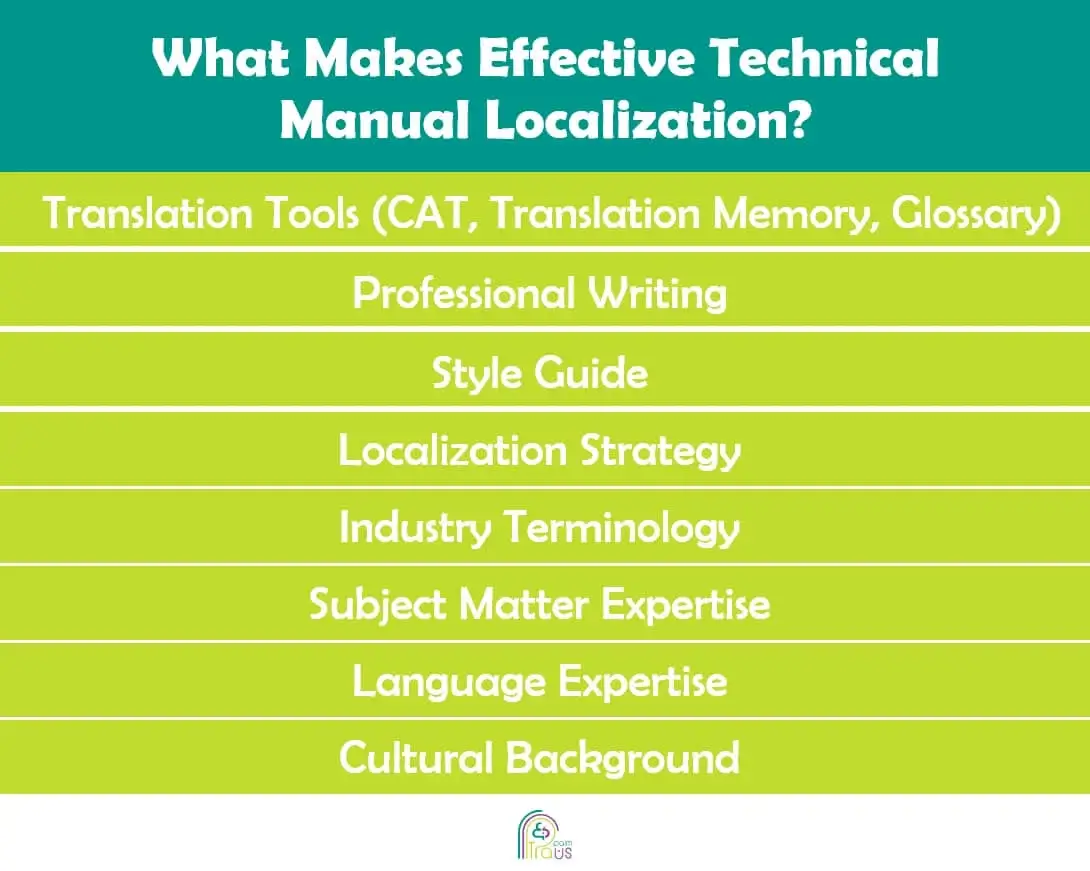
Technical Manual Translation Services: Best Practices!
Want to gain a complete understanding of technical document translation best practices?
Get the most out of this handy and insightful guide
Looking for Flawless Technical Manual Translations?
Transpalm is your next step toward international expansion, so you do not need to be concerned about any of these challenges. Our multidisciplinary team of subject-matter experts, professional linguists, DTP experts, quality assurance specialists, localization engineers, and project managers provides the best technical manual translation services.
We offer language solutions in over 120 languages and have over 10 years of experience in the translation and localization fields. We are committed to meeting the highest ISO standards for translation quality, information security, and project management. Moreover, we utilize the most advanced technologies to ensure a fast turnaround time and affordable prices.
Ready to take your technical manuals to the next level?
